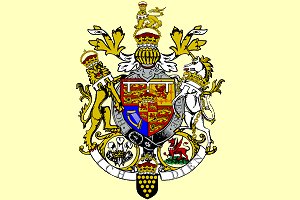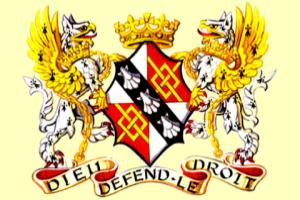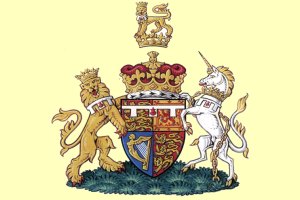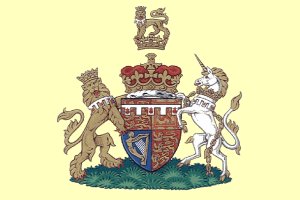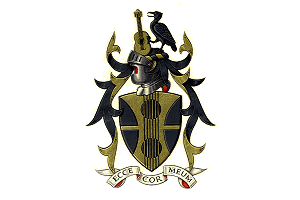Royal Coats of Arms
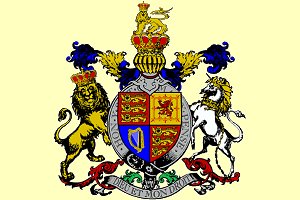
|
Queen Elizabeth |
Quarterly 1st and 4th, Gules three Lions passant guardant in pale Or (England) 2nd, Or a Lion rampant within a Double Tressure flory counterflory Gules (Scotland) 3rd, Azure a Harp Or stringed Argent (Ireland). The belt surrounding the shield has the motto of the Order of the Garter, "Hon Y Soit Qui Mal Y Pense" which translates as "Evil to him who evil thinks." The motto at the bottom of her COA, "Dieu et Mon Droit," means "God and My Right." |
|
Prince Charles |
Quarterly 1st and 4th, Gules three Lions passant guardant in pale Or (England) 2nd, Or a Lion rampant within a Double Tressure flory counterflory Gules (Scotland) 3rd, Azure a Harp Or stringed Argent (Ireland) the whole differenced by a Label of three points Argent and escutcheon of pretense center. His motto "Ich Dien," is German for "I serve." |
|
Princess Diana |
Quarterly Argent and Gules in the 2nd and 3rd Quarters a Fret Or over all on a Bend Sable three Escallops of the First. The escallop is derived from the Spencer Coat of Arms. This has been borne by the two princess’ ancestors, the Earls Spencer, for many centuries and was used by the late Diana, Princess of Wales. |
|
Prince William |
Quarterly 1st and 4th, Gules three Lions passant guardant in pale Or (England) 2nd, Or a Lion rampant within a Double Tressure flory counterflory Gules (Scotland) 3rd, Azure a Harp Or stringed Argent (Ireland) the whole differenced by a Label of three points Argent the central point charged with an Escallop Gules. |
|
Prince Harry |
Quarterly 1st and 4th, Gules three Lions passant guardant in pale Or (England) 2nd, Or a Lion rampant within a Double Tressure flory counterflory Gules (Scotland) 3rd, Azure a Harp Or stringed Argent (Ireland) the whole differenced by a Label of five points Argent the first, third, and fifth points charged with an Escallop Gules. |
|
|

